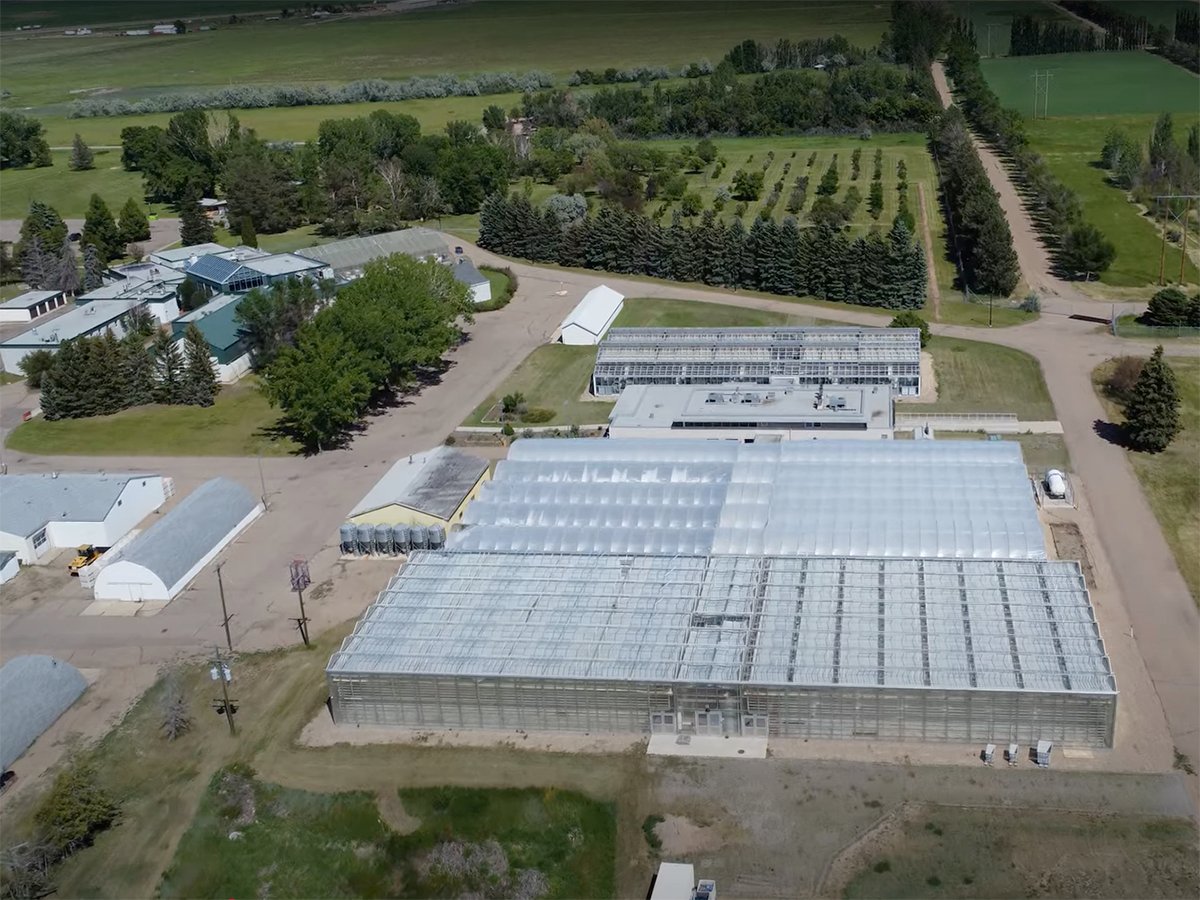REGINA – Thousands of satellites circling the globe blink their lights, reflections and information toward the earth.
But can these orbiting tin cans change more than the leisure time of prairie farmers, who until now have mainly collected the signals from satellites to increase the number of television channels they get? The speakers at the recent Mapping the Future conference in Regina think so.
Precision farming is the moniker used to describe Global Information Systems or GIS for short. The ability of farmers to make use of the satellites that former U.S. president Ronald Reagan planned for American defence is not science fiction, but neither has it become practical reality for most who till Canada’s soils.
Read Also

Alberta crop diversification centres receive funding
$5.2 million of provincial funding pumped into crop diversity research centres
Satellites beam down information on any position in North America. To within three metres, a hand-held Global Position System receiver can tell farmers exactly where they are in a field. With corrections from a base station or other satellites in addition to the 24 Star Wars leftovers, that position can be narrowed to within centimetres, even from a moving tractor.
Farmers dubious
But two words can sum up the questions raised by many at the recent Regina conference attended by about 200 people: So what?
Many expressed doubts about how all this Star Wars stuff was going to help average farmers.
The answer lies in the information. Exact data from fields, such as yield at the combine, soil tests and weed profiles, allow precision farmers to apply exactly the right amounts of seed, fertilizer and pesticide where it will do the most good, all on the fly.
Computerized mapping rounds out the process, providing a visual representation of each field, nutrients present and the actual production from every metre of its surface.
“Some parts of the field are capable of higher production than other parts. You don’t want to treat them the same,” said Jay Beety, of the equipment manufacturer Concord.
Kelly Johnson, an Assiniboia, Sask. farmer who has been experimenting with the satellite technology on his farm, agreed.
High rate of return
“I expect we will be seeing a $20 per acre return from the precision farming over and above the costs associated with the new technology. We already have $10 and we’re only in the early stages,” said Johnson.
He has found the system provides him with data he can use immediately in his operations, which last year yielded 72 bushels to the acre from dryland durum wheat crops.
Despite the results, on June 10 he pulled the plugs on technology and set the air seeders to fully manual rather than computerized control. Mother Nature had stepped in with a late spring to sabotage his plans.
“Sometimes it gets too late and we couldn’t afford even one shut down so I disconnected the technology for this year. We just had to get finished. We are doing all this for the bottom line and sometimes that means getting the crop in the ground fast,” he said.














